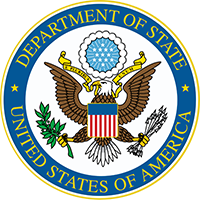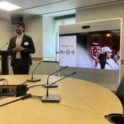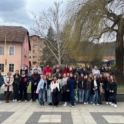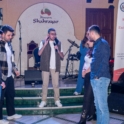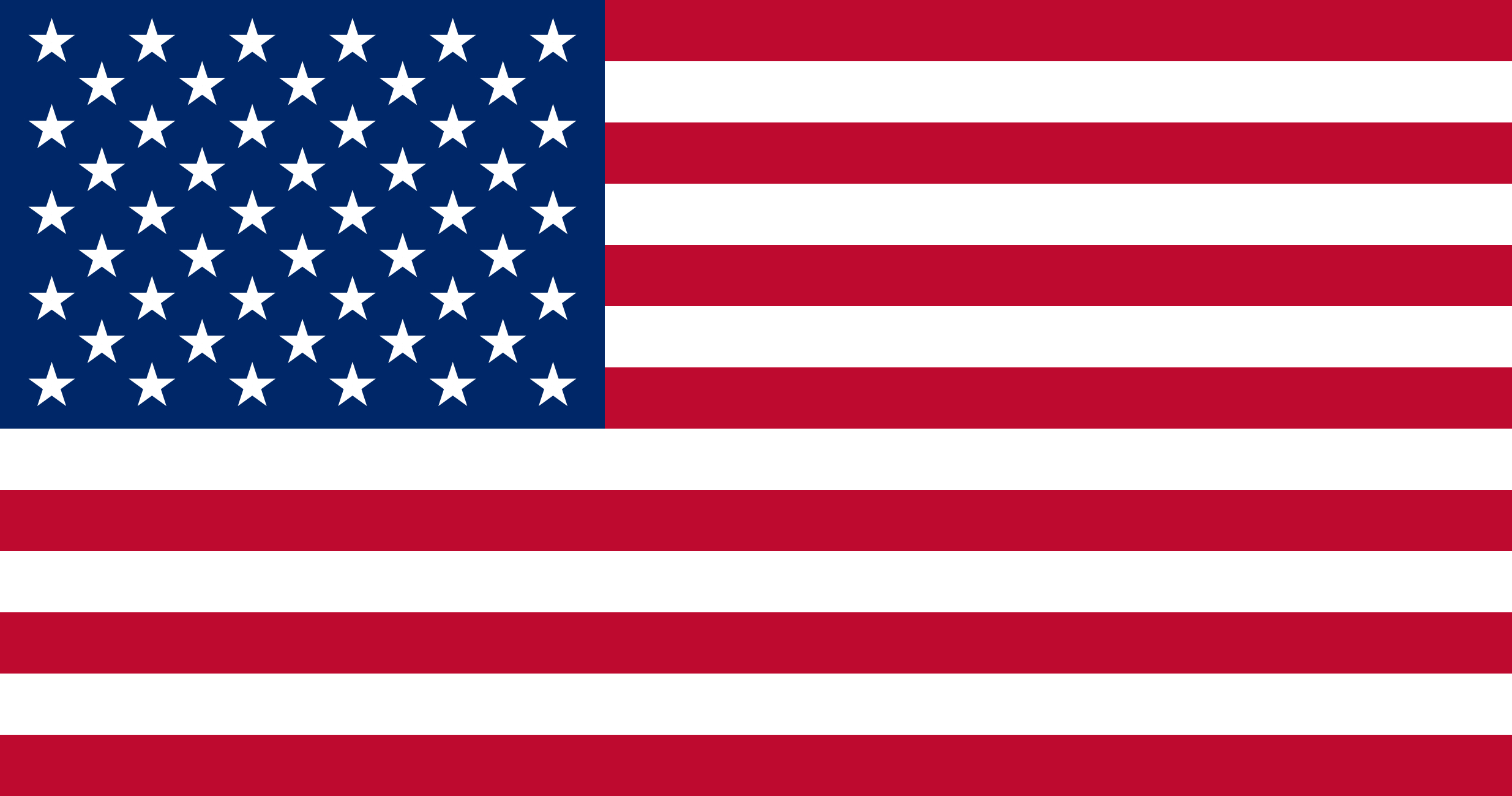Abdulaziz reflects on the highlights from serving as a mentor for CEW.
STORIES
Off the Edge of the Map

By Anna Wright
YES Abroad '13 | Bosnia and Herzegovina</p>
When I was younger, I used to like to spin a globe around on its axis and feel the bumpy, dusty surface run under my fingers until it stopped. I did it over and over again without getting bored - something about a model of Earth, with its political and geographical boundaries, intrigued me. I liked the two-dimensional maps even better. My dad has a huge atlas, the size of a coffee table, that I used to open to a random page and then study every inch of the maps inside. I looked a lot at places I knew, too. It was evidence for me that my town really was discovered and known in the world.
When we learned that I would be going to Bosnia and Herzegovina, the first thing my parents and I did was pull out the family atlas and scrutinize the maps. What was Sarajevo’s elevation? Would I be living in the mountains? What was its latitude? How many large cities are in Bosnia? What was the political border in the eastern part of Bosnia dividing the country? Were there freeways? What are the natural features like? How did you pronounce Jajce or Prijedor? The maps didn’t give all the answers I wanted to know, but they provoked my curiosity about the region I would soon be living in. I wanted to know more about the city, too, but there were no labeled maps I could find with much detail. The classic response of my family to my conundrum was to quote Captain Barbosa (from Pirates of the Caribbean) saying, “Ye’re off the edge of the map, mate!”
The commercially published map of Sarajevo that I received when I arrived in the city showed all the major roads, but wasn’t detailed enough to even show most of my street. Additionally, Google Maps has no data on Sarajevo other than the highway which runs out of the city, and neither do many other maps online. However, when searching for running and biking paths in Sarajevo, I stumbled upon a wiki map, OpenStreetMap (view here). It declares itself in its title as “The Free Wiki World Map,” and it is really cool. It has satellite imagery of the entire world, and people living all over the entire world enter data to improve the maps - from unmarked roads to street addresses to alternate names for businesses to pedestrian accessibility on specific streets. In addition to a basic map, the site also hosts a cycle map which provides detailed topography and elevation, as well as streets with cycling lanes, marked bike trails, and surfaced tracks.
However, when I found OpenStreetMap, it was lacking in a lot of information. I created an account and began to improve it. First, I traced in my street over the satellite imagery and added some house numbers for referencing. Then I started to look at little details in my neighborhood, marking small stores, denoting one-ways, drawing in footpaths and labeling streets with bike lanes. After thirty minutes, my neighborhood was starting to look more realistic, and I was completely hooked. I found this map database in December, and since that time I have put in at least ten to fifteen hours of work on the Sarajevo area. Not only is it improving the cartographical knowledge of Sarajevo, but I find myself making a detailed, complex mental map of Sarajevo as I enter more data into the online map. I’ve found a few really cool paths for running during this project, and I remember new places and businesses which I spot on the street, because I want to add them to OpenStreetMap. Besides, I get to indulge in my love of maps.
A few days ago, I found some pictures my dad had posted on Facebook of two very old globes he’d found (probably at a yard sale). He wanted to know if anyone could place dates on them based on the political boundaries and names of countries. I smiled to myself, flashing back to sitting in our basement with him, turning a globe over and over while we analysed it. I zoomed in on the photos, looking at colonial Africa. The presence of “Italian East Africa” surprised me. I had never seen that marked on a map or globe. We just studied the Abyssinian Crisis in history class, I thought. By looking at the borders, it was clearly between 1937 and 1941. Then, using the miraculous Internet as a host, we scrutinized pictures of Europe and South-east Asia, narrowing it down to 1939 or early 1940. I was amazed at how much WWII changed the borders of Europe, and also at how quickly cartographers changed the maps to match territorial annexations. I wish I could know where the globe was published, and learn its exact date of publication. I suppose, though, finding a right answer to that takes the mystery out of it. It’s much more fun to be able to say, “We figured this out because of this and this,” and work through the historical clues to arrive at an answer. It was also groovy for my dad and me to be able to be long-distance detectives with the assistance of social networking. Thanks, 21st Century (Hey, look, everyone! I can appreciate modern technology). Still, though, everything is the best in moderation. And, in any case, if I need a blast from the past I can always just dig out another map.

